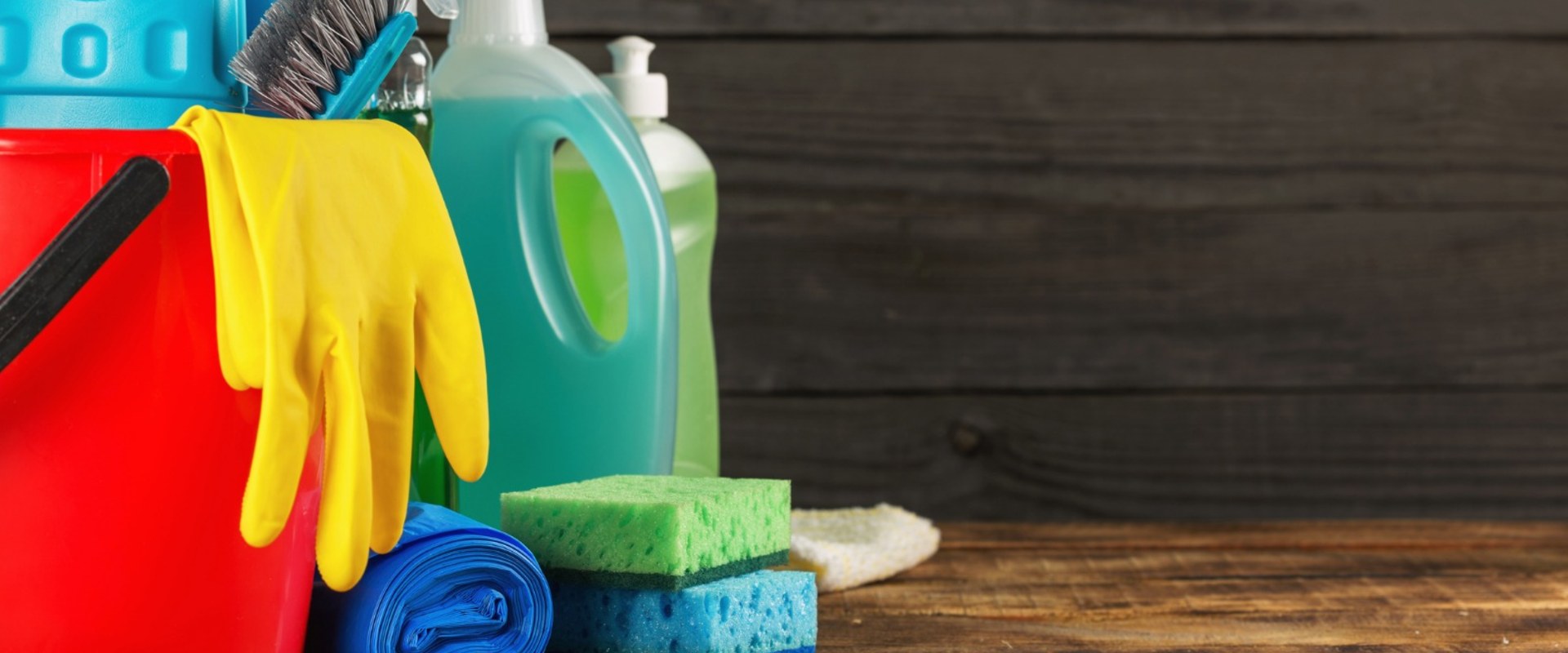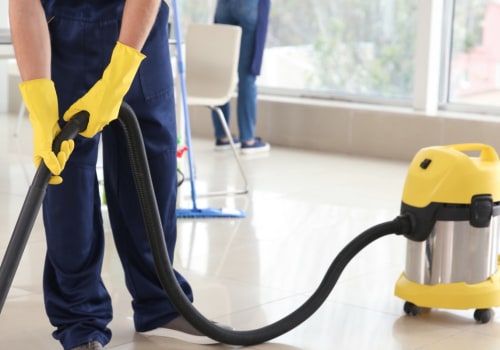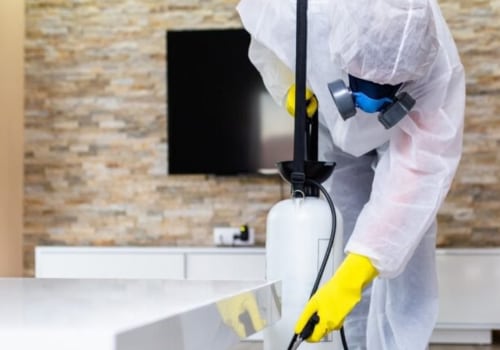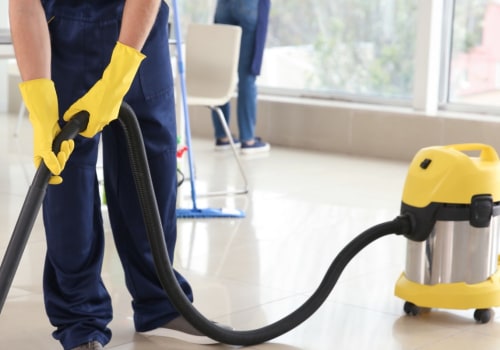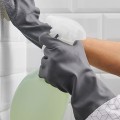Hard surface cleaning agents or cleaners are substances (usually liquids, dusts, aerosols, or granules) used to remove dirt, such as dust, stains, bad odors, and surface clutter. Abrasives are substances or chemicals that rely on the action of rubbing or scrubbing to clean dirt from hard surfaces. In commercial kitchens, abrasives are generally used to clean floors, pots and pans. Abrasives should be used with care, as they can scratch certain types of materials used in kitchen equipment, such as plastic or stainless steel.
Cleaning products play an essential role in our daily lives, at home, at school and in the office. By safely and effectively removing dirt, germs and other contaminants, they prevent the spread of infectious diseases and control allergens, such as dust and mold, helping us stay healthy. Cleaning products also allow us to take care of our homes and possessions. Chemicals used for cleaning and cleaning products, such as laundry detergents, bleaches, dishwashing products and other household cleaners, help improve cleaning efficiency, making homes, offices and other environments easier to clean and sanitary.
Household cleaning products containing antibacterial cleaners not only remove dirt and dirt, but can also kill germs that can cause illness. Chlorinated cleaning products can help protect against seasonal flu outbreaks and foodborne illness episodes. Day care centers, hospitals, restaurants and other public facilities rely on the disinfecting qualities of chlorine-based cleaners to keep the environment germ-free. Cleaning solvents are also common cleaning products.
For example, glycol ethers are very effective as an active component of high strength glass, floor and other hard surface cleaning formulations. These solvents have good water compatibility, high solvency for greases and oils and good biodegradability. For more information on cleaning products, visit the American Cleaning Institute website. Learn more about how to stay safe and sound when using cleaning products.
There are many different types of ingredients that are used in cleaning products to help them work. For example, you might see solvents such as ethanol, preservatives, or chlorine bleach in the ingredients of a cleaning product. You can often find the ingredients listed on a product's ingredient label or packaging. To learn more about a specific ingredient used in a cleaning product, the American Cleaning Institute (ACI) has also developed a Cleaning Product Ingredient Inventory as a comprehensive list of unique ingredients that ACI members use to make household products.
dish care, laundry and hard surface cleaning. products. For common ingredients, ACI provides a summary of the hazard and exposure data collected, along with a summary of the results of the risk assessment at the detection level. While cleaning products are safe and effective, they must be handled appropriately to protect the health of consumers and their families.
Users must follow all safe handling instructions on a product label before using a particular cleaning product. When it comes to cleaning chemicals, don't settle for second best. It is essential to choose commercial cleaning products with the strength to meet the demands of the professional catering industry. Whether you're planning a deep clean or daily maintenance, these powerful cleaning agents will ensure maximum cleanliness and hygiene with minimal effort.
If you're looking for kitchen cleaning products, food-grade cleaning chemicals are safe to use in any food preparation area where food is handled. But there is a specialized cleaning agent available to specifically suit any task from the front or back of the house, from floors and surfaces to toilets and bathrooms. For best results, use your cleaning chemicals with these cleaning products and remember to protect yourself with safety work clothes. Toilet cleaning agents often aim to remove calcium carbonate deposits, which are attacked by acids.
Dust cleaners contain acids that come in the form of solid salts, such as sodium hydrogen sulfate. Liquid toilet cleaners contain other acids, usually dilute hydrochloric, phosphoric or formic acids. These convert calcium carbonate into salts that are soluble in water or are easily removed by rinsing. For effective cleaning, make sure you use the correct cleaning agent for the type of item you are cleaning, the cleaning method you are going to use, and the type of soiling of the item.
We explain the science behind some of the most popular cleaning methods and tools, so you can clean smarter, not harder. To the technical public, human and environmental safety data for chemical ingredients used in cleaning products are publicly available through the American Cleaning Institute's Ingredient Safety Initiative. Green cleaning refers to the use of cleaning methods and products with environmentally friendly ingredients and procedures that are designed to preserve human health and environmental quality. The ingredients of your cleaning products are divided into several different categories, which are added to provide different cleaning characteristics and functions.
For special types of precious metals, especially those used for luxury watches and high-end jewelry, special cleaning agents are usually used to clean them and protect them from the elements. . .
